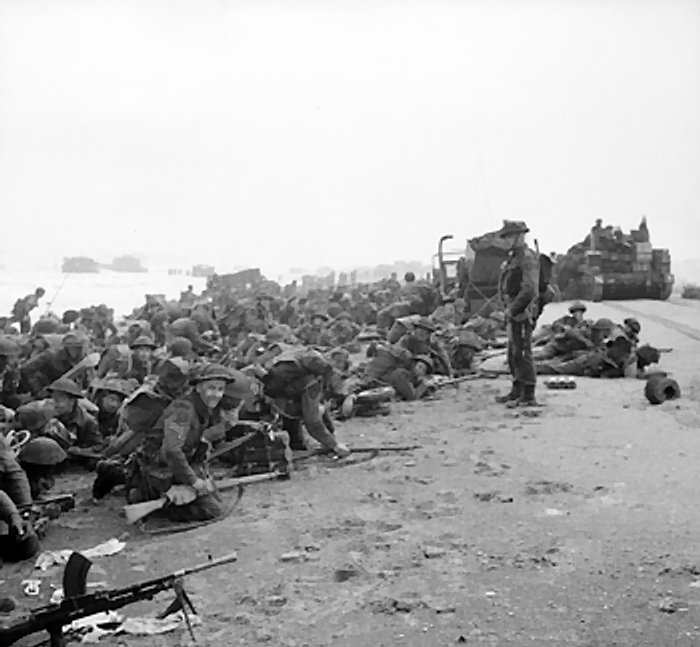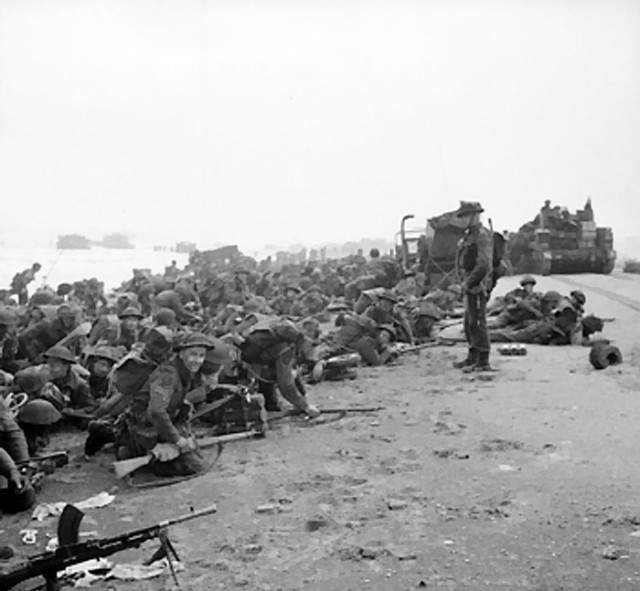These are some of the places you can visit as you commemorate the D-Day landings:
D-DAY LANDING BEACHES: One of the highlights of Normandy are of course the landing beaches and surrounding areas where the Allied invasion took place in June, 1944. It looks like every little town and village has its own little museum or memorial, making it impossible for visitors to ever be able to see it all. On June 6, 1944, five beaches were used during Operation Overlord: Sword (U.K.), Juno (Canada), Gold (U.K.), Omaha (U.S.) and Utah (U.S.).
Sword Beach: located between Ouistreham and Luc-sur-Mer, it is one of the highlights of the anniversary, especialy for British people, who choose to visit Pegasus Bridge, where a major military operation took place.
Juno Beach includes main villages St. Aubin-sur-Mer, Bernierses-sur-Mer and Courseulles-sur-Mer, situated as the name suggests, on the beach. The Canadian troops were forced to deal with major resistance on Juno Beach, making it the second most difficult region to capture during on D-Day, 70 years ago.
Gold Beach: visitors can spend some time walking the beaches of Arromanches, where they can see what is left of the two Mulberry Harbors that have become ruins on the sand, or can go to Longues-sur-Mer and get the best view over the massive bunkers and the German artillery standing before the English Channel. You can find out more about the Mulberry Harbors by visiting the museum in Arromanches.
Omaha Beach is the place where you will find mostly American visitors, who choose to go to Colleville-sur-Mer, where they can see a remarkable cemetery overlooking the beach and they can also visit St. Laurent-sur-Mer and Vierville-sur-Mer villages and enjoy a drink at the cafes located on the beach. Don’t forget to visit the monument of the invasion.
Pointe du Hoc is also known by many people as part of OmahaBeach but it is in fact a site in its own. If you look down from the cliffs you can see a tiny strip of sand, which always impresses the visitors who recall the events that took place there on D-Day, the Communities Digital News reports.
Utah Beach was meant to be a landing craft beach but because some mistakes were made, the invasion took place on the southern part of the beach, which was less fortified.
This beach is not as accessible as many of the others but it still has numerous museums and monuments you can see.
For maps and information about the Battle of Normandy and the area, you can consult Mr. Johnson’s Classes at http://mrjohnsonssclasses.wikispaces.com/WW2 .
//

